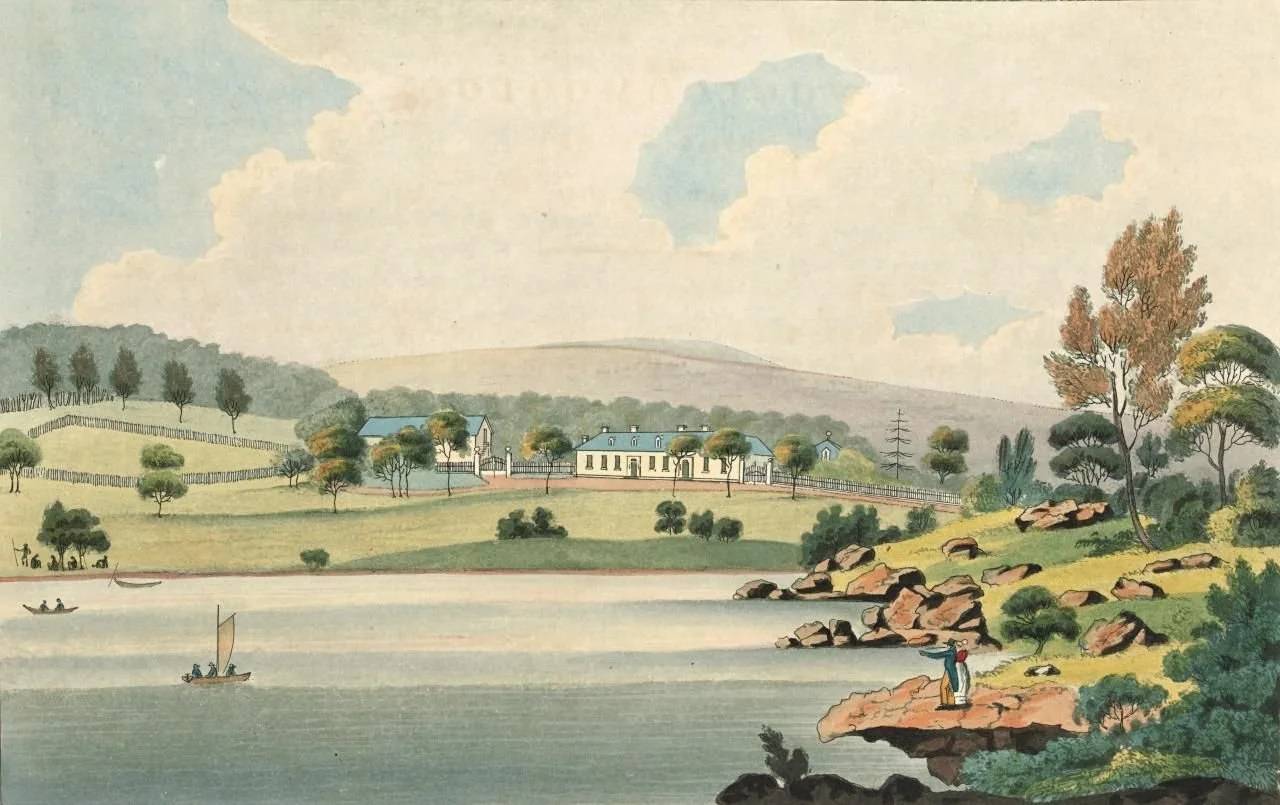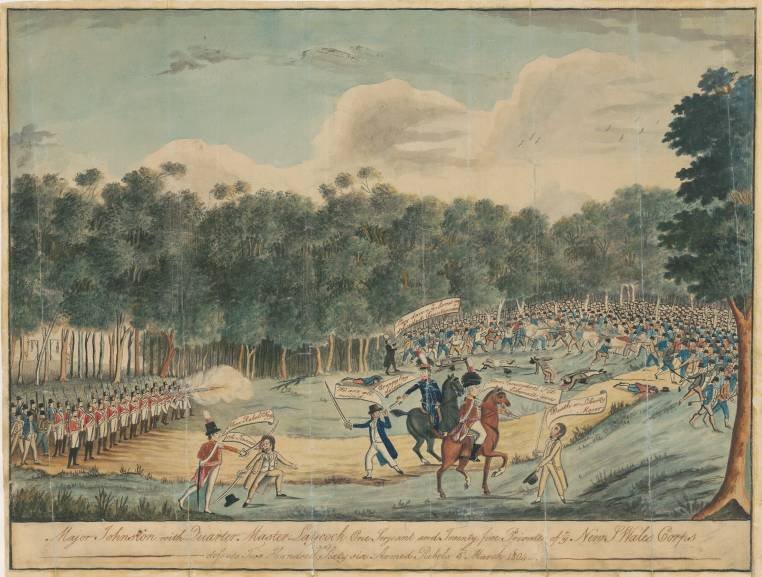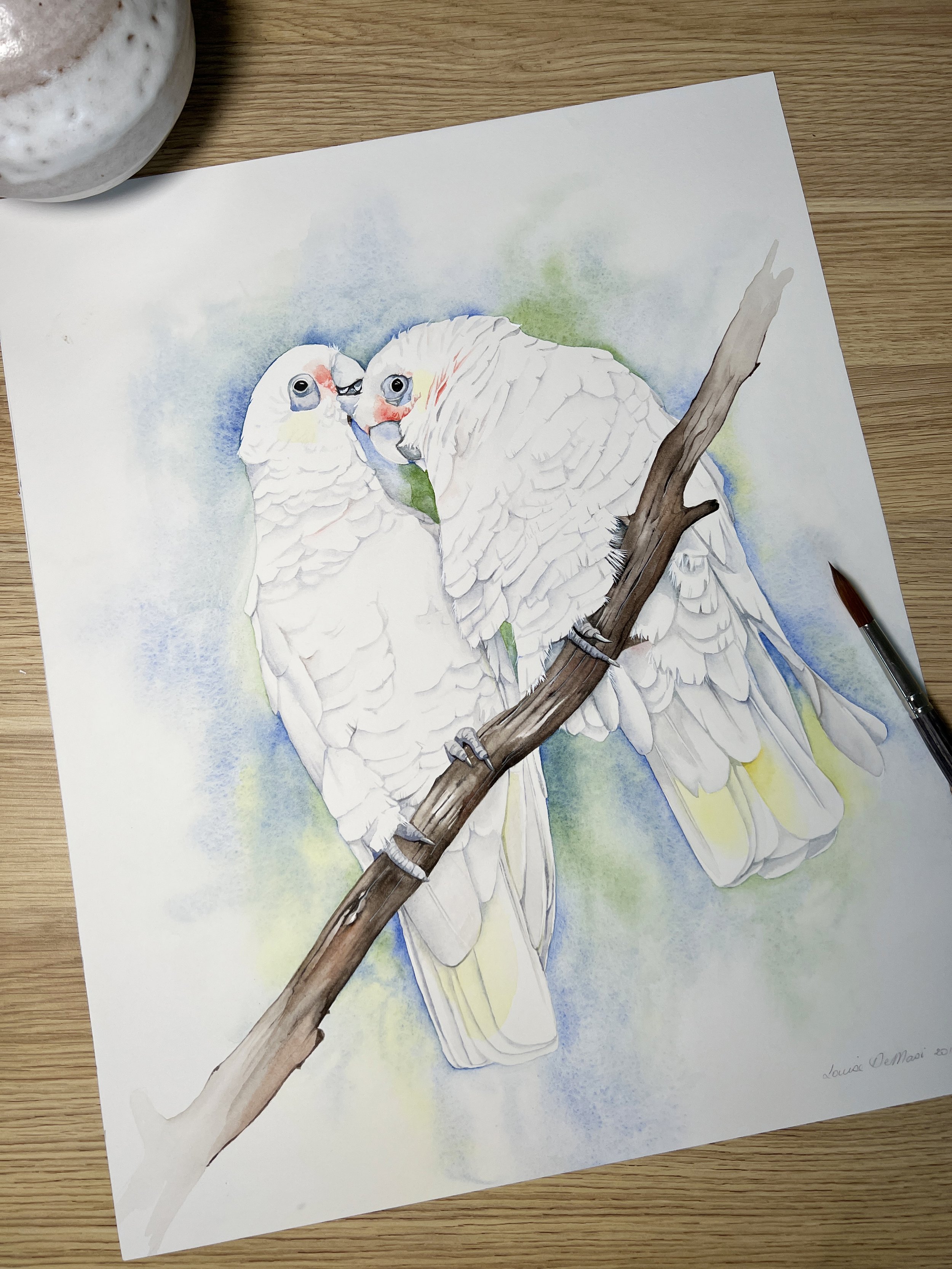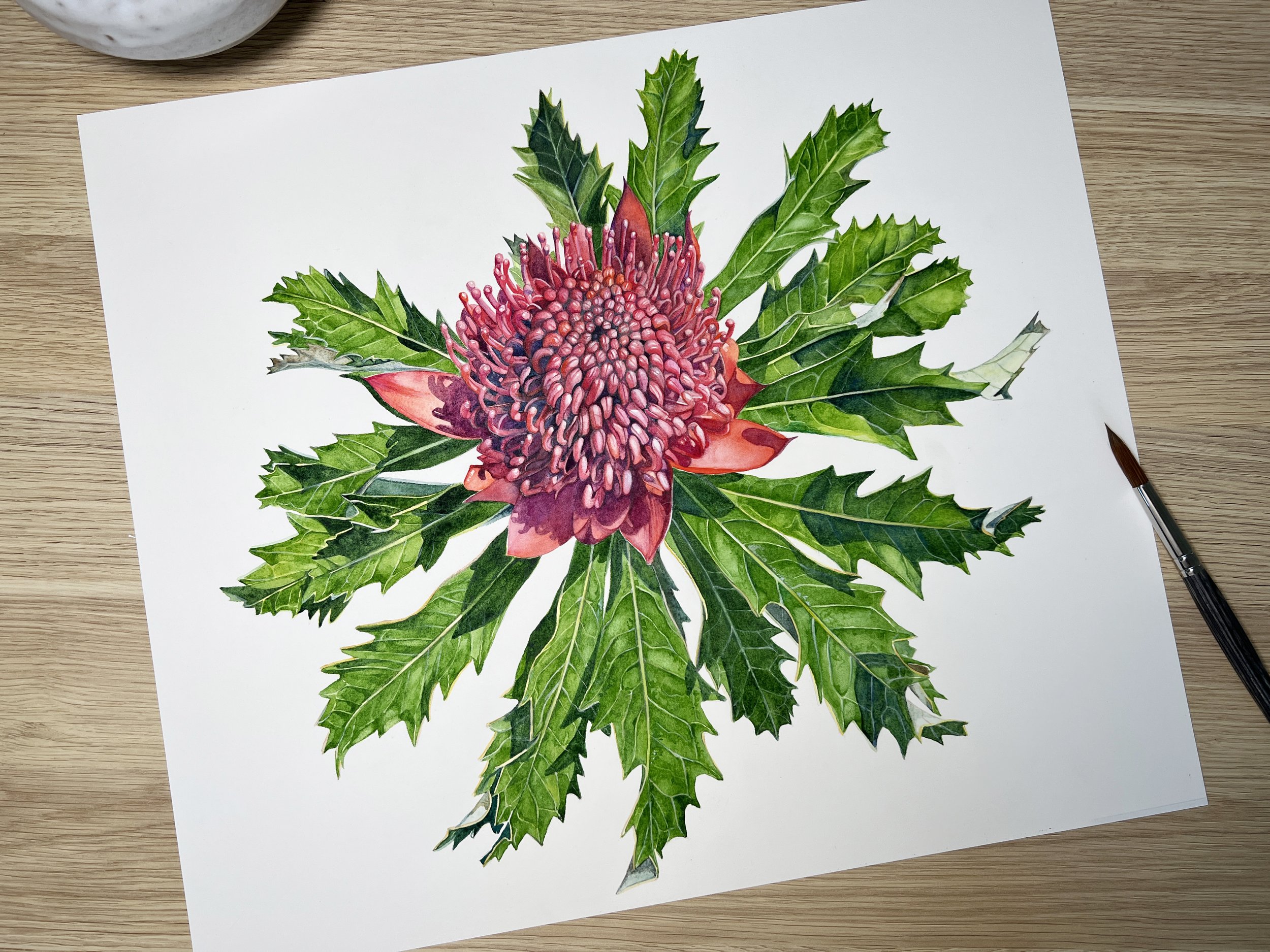A History of Watercolour Art in Australia
It's hard to imagine that we would know much about the early exploration and settlement of Australia without the art of watercolour painting. Watercolour artists like John Glover played a crucial role in documenting the early years of colonial settlement, bringing to life the landscapes, flora, fauna, and the people of early colonial Australia. In fact, without watercolour, much of the early pictorial record of Australia would not have come into existence.
If you want to know more about how watercolour art has helped capture the uniqueness and beauty of Australia throughout history, read on.
The pivotal role of watercolour painting in Australia's history
We can learn much about the past from painting. In the case of watercolour paintings, they are particularly valuable as they offer a unique blend of art and documentation. Watercolour paintings can capture the essence of a scene or subject with immediacy and vibrancy, while also providing a detailed and accurate record of historical events or cultures.
For example, the 1804 watercolour Convict uprising at Castle Hill, depicts the Colonial Government forces clashing with convict rebels in an uprising led by Philip Cunningham. This event is now regarded as Australia's first official uprising and an attempt to stage a political coup and overthrow the New South Wales colonial government. In the painting we can see what the scene must have looked like: the British forces arrayed on one side in their bright red coats, and the convicts, while huge in number, uncertain and ill-equipped on the other.
Political uprisings aside, watercolour art also played a pivotal role in capturing the culture and lives of Indigenous Australians.
The watercolour paintings of John Blundell hold a special place in the history of Australian art and cultural documentation. They offer a rare and valuable glimpse into the traditional ways of life of the Noongar people, the Indigenous inhabitants of the Swan River Colony.
Blundell's paintings, provide a fuller perspective on what life was like in the colony during the early years of settlement. They show us that despite the arrival of European colonists and settlers, the Noongar people were continuing to practice their cultural traditions in close proximity to the new arrivals. In particular, one of Blundell's watercolour paintings captures preparations for a corroboree, providing a testament to the resilience and persistence of the Noongar people in the face of profound cultural change and upheaval.
Why watercolour art?
Watercolour was the medium of choice for European artists documenting Australia during the colonial era, due to its ability to capture fine detail and vibrancy, and its convenience and portability. It allowed artists to capture the beauty and essence of the Australian landscape, and the spirit of the people who lived there, in a way that no other medium could.
Watercolour artists were often explorers or professionals like architects, surveyors, and engineers, who were tasked with documenting the land and its people. Some, like Joseph Lycett, were subjects of the penal system themselves.
These artists were drawn to watercolour as it allowed them to capture fleeting moments and the immediacy of the Australian wilderness. Without these early watercolour paintings, we would be deprived of a crucial record of Australia's history. They provide a unique glimpse into a time and place that has long since passed and allow us to appreciate the natural beauty of Australia as it was seen and experienced by the first European settlers.
Notable watercolour artists of early colonial Australia
John Doody
John Doody's legacy as an artist and naturalist is one of great historical significance. Despite having to pay the price of seven years' transportation for stealing, he became one of the earliest artists to document Australian natural history upon his arrival in New South Wales in 1791.
Doody's work in documenting Australian flora and fauna provides us with a glimpse into the natural world as it was over two centuries ago. His attention to detail and skill in rendering the intricate features of the animals and plants he encountered make his artwork an invaluable historical record.
Despite his difficult circumstances, Doody's passion for art and natural history allowed him to make a significant contribution to the scientific community. His work served as a foundation for the scientific exploration and understanding of the unique Australian ecosystem and remains an important reference for contemporary researchers.
Joseph Lycett
Joseph Lycett was another notable watercolour artist of early colonial Australia. Born in England, he was sentenced in 1811 to transportation for forging banknotes and sent to New South Wales.
Once there, Lycett's artistic talent flourished as he painted the Australian landscape in vivid detail.
His work provided an important record of the customs of early colonial Australia. Lycett was particularly known for his watercolour paintings of the Awabakal people, which provide a unique insight into the culture and beliefs of Indigenous tribes at the time. Lycett's work has since been recognised as an invaluable historical document, depicting life in Australia before European settlement had significantly altered the landscape and its people.
John Glover
John Glover was a celebrated English artist who arrived in Tasmania in 1831. As a pioneer settler, Glover's unique approach to landscape painting is a result of his close relationship with the Australian environment. Glover spent much of his time working outdoors and developing an intimate understanding of the unfamiliar landscape. In doing so, he was able to capture the twisting forms of the native eucalyptus trees and other natural features with a keen eye for detail.
Glover's direct experience of nature also translated into his art, resulting in a new approach to painting that was characterised by a subtle palette of olive greens, ochres, misty greys, and intense blues. Through layered glazes of mauve, grey, and gold, he was able to capture the unique Australian light and atmosphere in a way that had not been done before.
Final thoughts
The work of early colonial watercolour artists is an important record of Australia's history. Not only do these paintings provide a unique insight into the culture of the time, they also offer us a glimpse into a world that has long since disappeared.
No study of Australian history would be complete without an appreciation of the work of pioneering artists like Glover, Lycett, and Doody, who charted new creative and scientific territories in their efforts to capture the beauty and complexity of Australian flora and fauna. Just like no home feels complete without beautiful watercolour artwork to appreciate. Indeed, great watercolour art serves not only to record nature but also to provide us with a sense of connection to our remarkable natural environment.
When you make the decision to hang a watercolour painting of Australia in your home, you are making the decision to let the unique beauty of Australia's natural landscape become a part of your life. You are choosing to enliven your home with the beauty of the natural world, a beauty that early colonial watercolour artists sought to capture and share for generations. With every stroke of the brush, they brought the beauty of Australia to life.
If you would like to purchase original Australian watercolour art or watercolour prints that seek to capture the beauty of the flora and fauna of this remarkable land, visit our website to browse our collection. We are proud to offer a wide selection of works that honour the spirit of the pioneering watercolour artists who dedicated their lives to capturing Australia's unique beauty.
We hope that you will find a piece of artwork that truly speaks to you and brings a sense of joy into your home. Thank you for taking the time to read about early colonial watercolour art in Australia!





